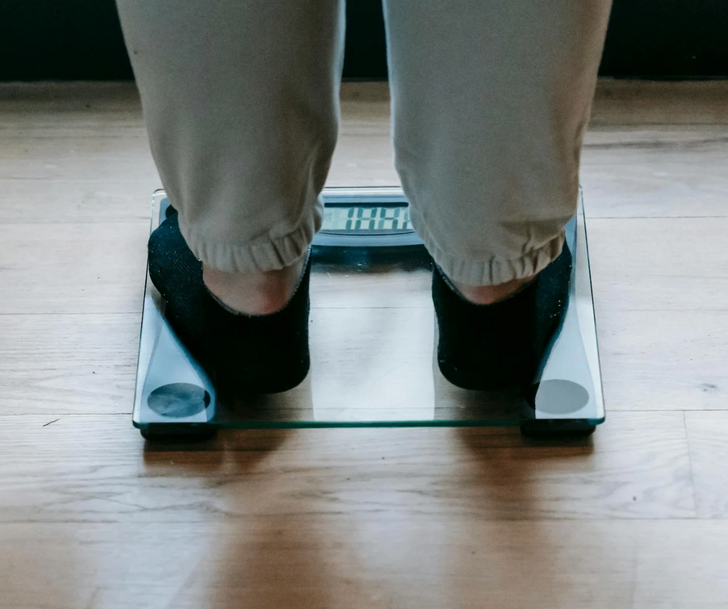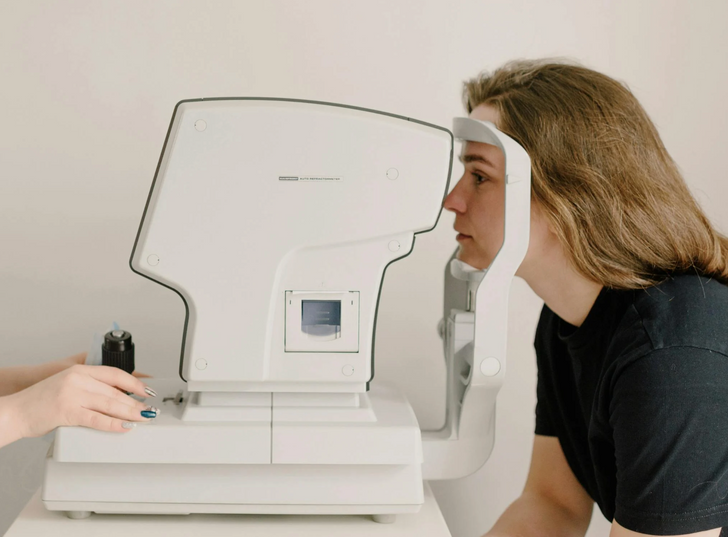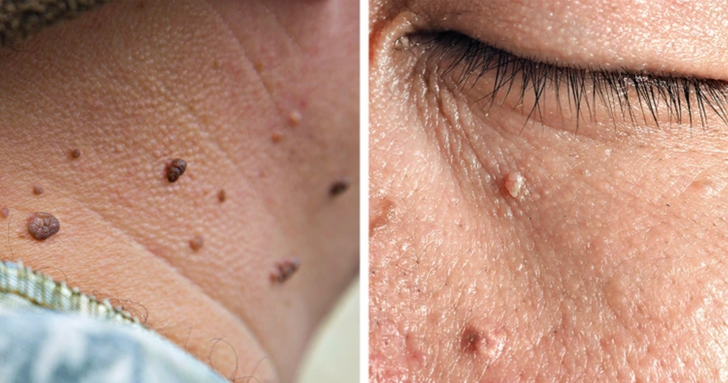I think, I can never earn over which I paid by my precedent employer, but I was wrong, world is so large to try their fate. but now I am making $52/h even more, and easily earn minimum $1300/week, on the experience everyone must try to do work online, easy way to earn, here's an example.
𝐰𝐰𝐰.Richnow1
9 Warning Signs of Diabetes You Might Be Overlooking

Diabetes is a serious condition that can develop gradually, often without obvious symptoms in the early stages. Many people may experience warning signs but dismiss them as minor health issues. Recognizing these subtle clues can be crucial for early diagnosis and management. In this article, we’ll explore 9 symptoms, and understanding them could help you take action before the condition progresses.
CONTENT IS PROVIDED FOR INFORMATIONAL PURPOSES ONLY AND IS NOT INTENDED AS A SUBSTITUTE OF MEDICAL ADVICE.
SEEK GUIDANCE OF YOUR DOCTOR REGARDING YOUR HEALTH AND MEDICAL CONDITIONS.
Darker Area of Skin
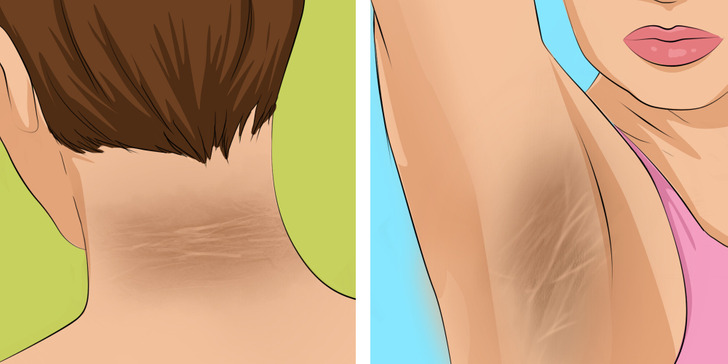
I'm interested to know more
ok,
A dark, velvety-textured patch of skin appearing on the neck, armpits, groin, or elsewhere may indicate prediabetes. This condition, known as acanthosis nigricans, is often an early warning sign of diabetes or prediabetes.
Although it can sometimes develop in individuals without underlying health issues, it is frequently associated with insulin resistance. If you notice these patches, it is important to consult a doctor for further evaluation.
Unintentional Weight Loss
Even if you notice an increase in appetite, you might still lose weight without making any effort. This happens because glucose from the food consumed is not efficiently absorbed by the cells for energy. As a result, the body begins to break down stored fat and muscle to compensate, leading to unintended weight loss.
Blurred Vision
Consistently elevated blood sugar levels can temporarily affect the shape of the eye's lens, leading to vision disturbances. When blood sugar fluctuates, the lens may swell, impairing its focusing ability and causing blurred or distorted vision.
These vision changes often correspond with shifts in blood sugar levels. Blurred vision as an early indicator of prediabetes should not be overlooked, as it suggests the body is struggling to regulate blood sugar effectively. If left unmanaged, this warning sign could contribute to the development of type 2 diabetes and increase the risk of more severe, lasting vision issues.
Outbreak of Small Bumps
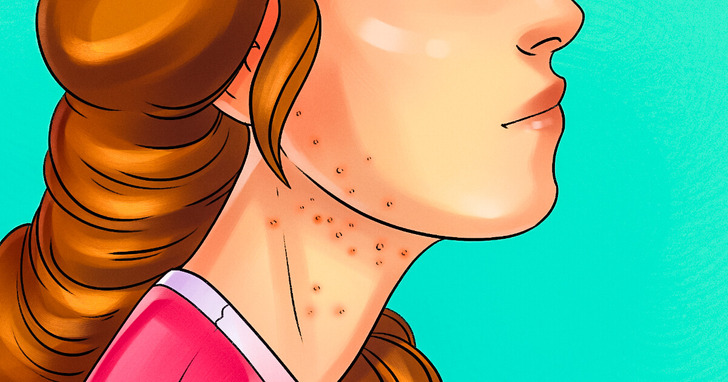
Diabetes has the potential to elevate triglyceride levels, a type of fat that circulates in the bloodstream. When this occurs, it can lead to a skin condition known as eruptive xanthomatosis. In cases of undiagnosed diabetes, small bumps may suddenly develop on the skin.
These bumps often take on a yellowish hue in individuals with lighter skin tones. For those with darker skin, they may appear grayish with a subtle yellowish undertone. They are commonly found on areas such as the buttocks, thighs, elbows, and knees, though they can develop anywhere on the body. Regardless of their location, these bumps tend to be tender and itchy.
Unusual Fatigue
Fatigue can be a key indicator of unstable blood sugar levels. When the body has difficulty utilizing insulin effectively, it disrupts the process of converting glucose into energy, resulting in persistent tiredness or exhaustion, even after adequate rest.
Beyond physical fatigue, mental exhaustion may also occur, making it challenging to focus and complete everyday tasks.
Heightened Thirst and Frequent Urination

A common early indicator of prediabetes is increased thirst accompanied by frequent urination. When blood sugar levels rise, the kidneys work harder to filter and absorb excess glucose. If they become overwhelmed, the surplus sugar is expelled through urine. This process draws fluids from body tissues, leading to dehydration and triggering persistent thirst.
In response, drinking more fluids to quench thirst results in more frequent urination. These symptoms may initially go unnoticed but tend to become more apparent as prediabetes advances toward type 2 diabetes. Recognizing these signs early can help in taking preventive measures to manage blood sugar levels effectively.
Skin Tags
Skin tags are common, benign skin growths that can appear on various parts of the body. Some are attached tightly to the skin, while others hang from a small stalk. Medically, these growths are referred to as acrochordons.
Although skin tags can form anywhere on the body, they are most frequently found on the eyelids, neck, underarms, and groin area. While they are harmless, having a large number of them may indicate an underlying condition, such as type 2 diabetes. If you notice an unusual number of skin tags, it is advisable to consult a doctor to determine whether diabetes testing is necessary.
Slow Healing Cuts and Wounds
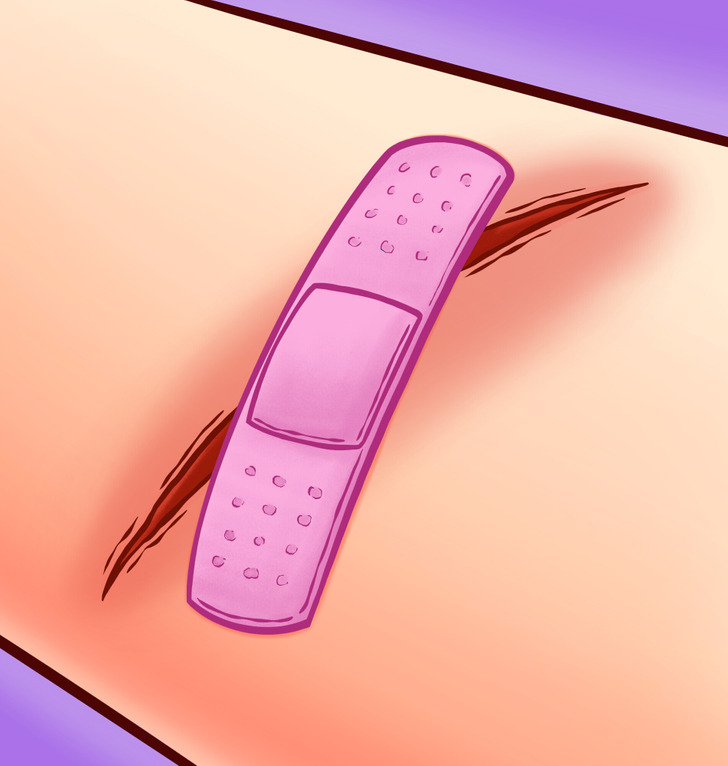
Persistently elevated blood sugar levels can negatively impact the body's natural healing process by damaging blood vessels that deliver essential nutrients and oxygen to different areas, including the skin. This damage can lead to poor circulation, which is crucial for wound healing, causing cuts, bruises, and other injuries to take longer to recover.
Additionally, high blood sugar can weaken the immune system, making it harder for the body to combat infections. As a result, even minor wounds may be at a higher risk of infection, further prolonging the healing process.
Itchy Skin
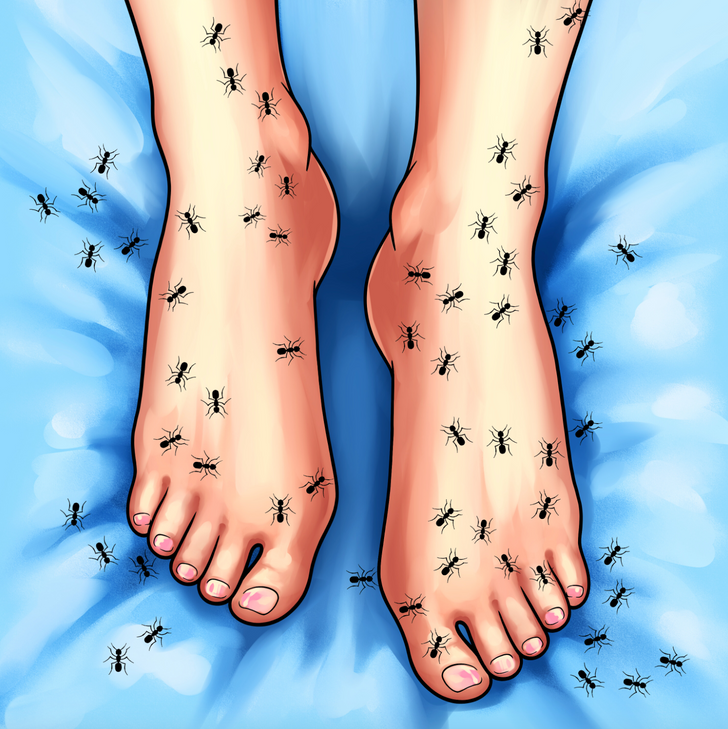
Tingling and numbness in the extremities may indicate prediabetes. Elevated blood sugar levels can harm small nerves, leading to a condition known as diabetic neuropathy. Besides tingling and numbness, this condition can also cause a burning sensation in the hands, arms, and feet, or the feeling that socks are bunched up under the toes.
Identifying prediabetes early and seeking appropriate treatment can help reduce these symptoms as well as lower the risk of developing diabetic neuropathy.
A blood test can determine if you have prediabetes. Various types of tests are available, and they are the same ones used to diagnose type 2 diabetes. Consult your primary care provider to find out if you should get tested.
Nannies witness and go through experiences that many people never encounter, and their accounts span from touching to utterly spine-chilling. In this link, we’ve compiled 10 true stories from nannies that feel as if they were lifted straight from a terrifying thriller movie.
Comments
Related Reads
15+ People Whose Age Is a Mystery

12 Stories That Prove Kindness Isn’t Weakness, It’s Grit With a Gentle Face

I Refused to Cover My Grandson Tuition—I’m Done Being Humiliated by Him

My Son Cheated and Left His Family for His Mistress, So I Taught Him a Lesson

I Won’t Accept Unequal Treatment in the Family Business

My Ex Put His New Family Over Our Son, So I Served Him the Sweetest Revenge

15+ Stories That Prove First Love Stays With Us Forever

10 Family Secrets That Changed How People See Their Loved Ones

I Closed My Doors to My Entitled In-Laws on the Weekend and I Don’t Regret It

13 Times People Accidentally Uncovered Someone’s Biggest Secret

A Server Humiliated My Wife During Our Family Lunch—I Made Sure Everyone Knew

I Refuse to Let an Interviewer Belittle Me, So I Turned the Tables in Seconds

